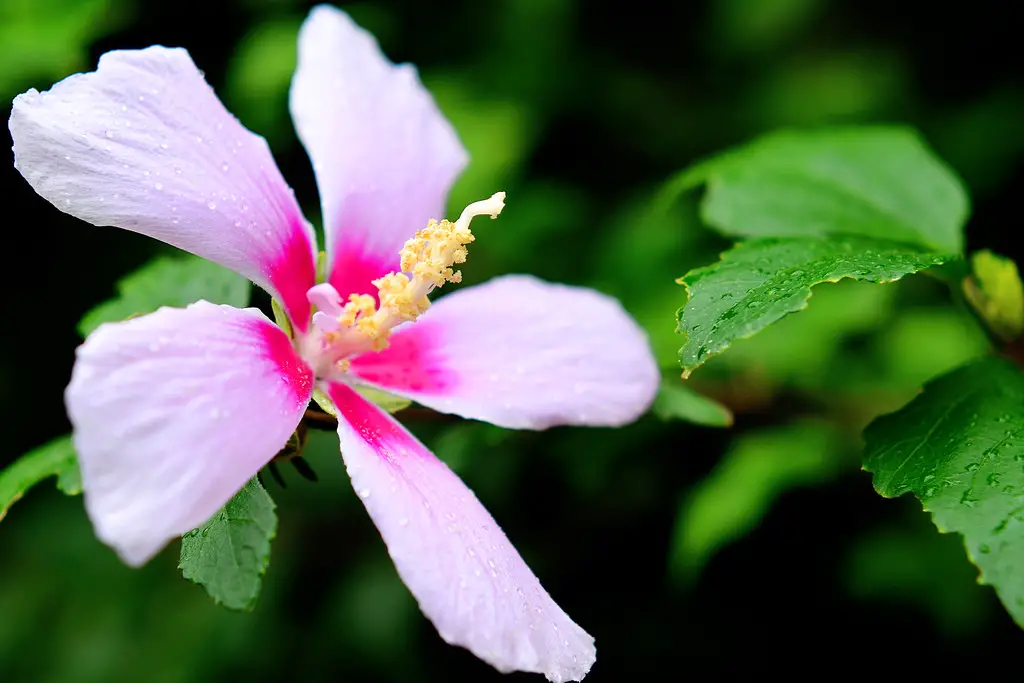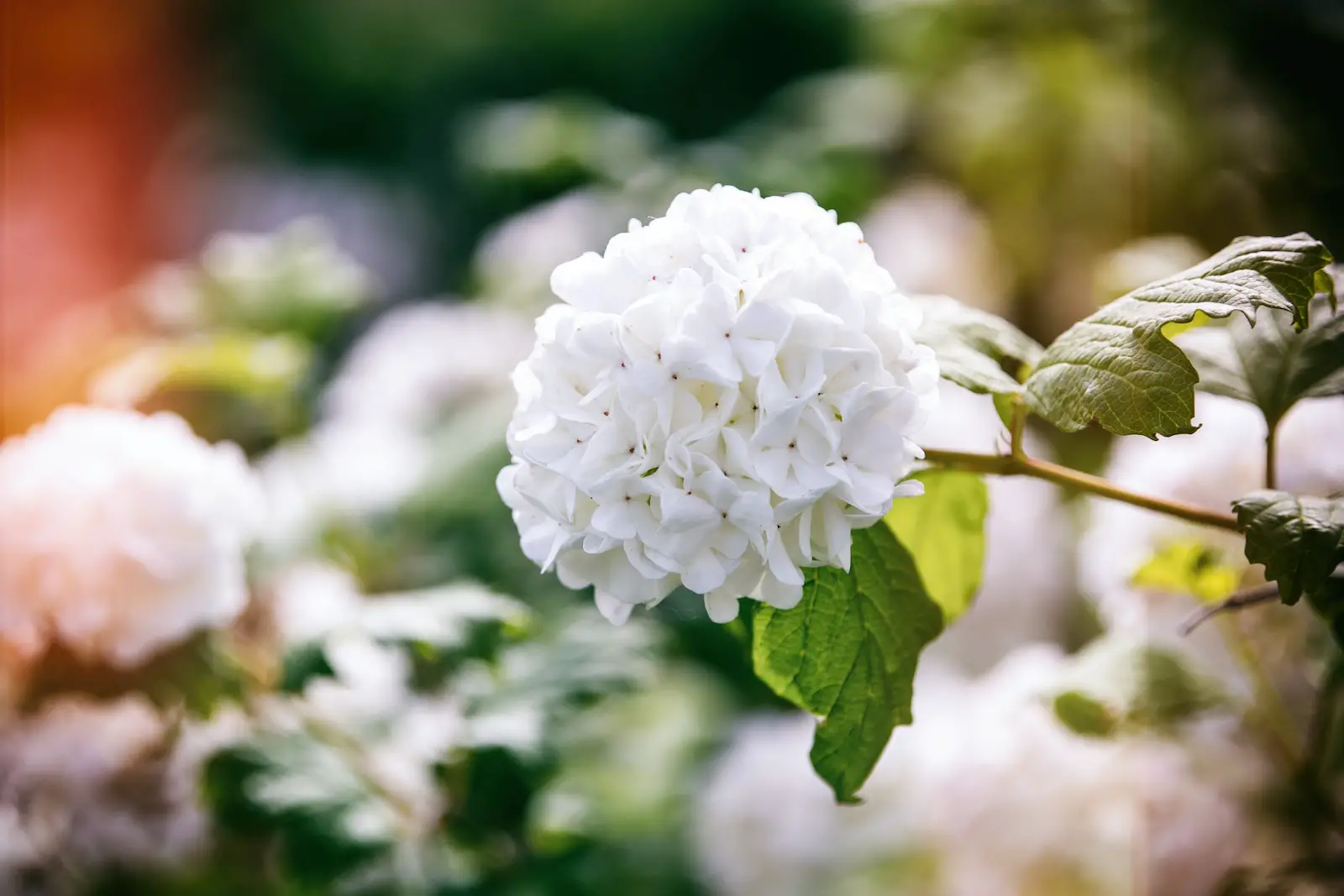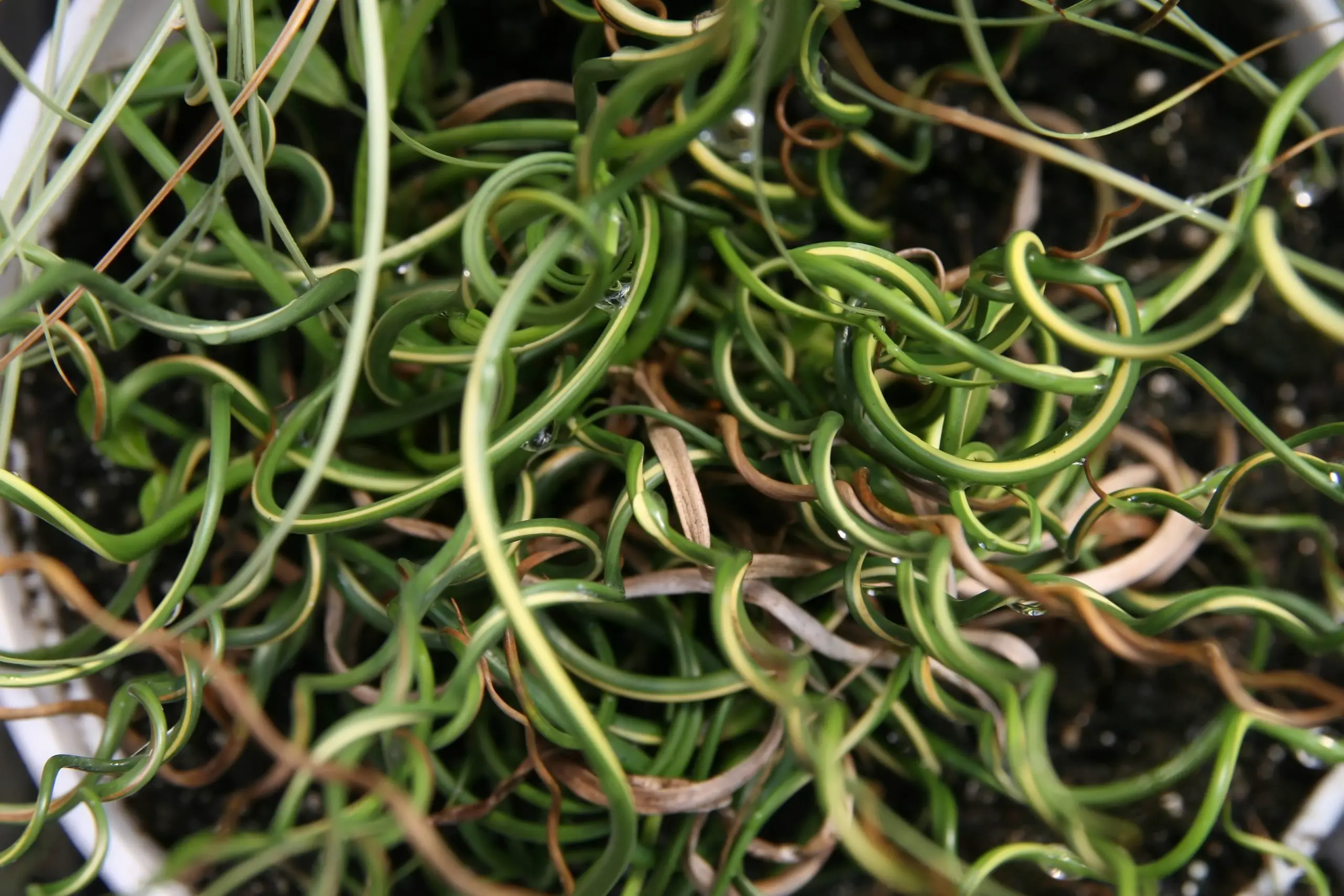The White Bird of Paradise, also known as Strelitzia nicolai, is a striking plant well-known for its large, glossy leaves and beautiful white flowers that resemble the head and beak of a bird in flight. This plant’s architectural shape and elegant beauty have made it a popular choice for both indoor and outdoor landscaping, especially in tropical and subtropical regions.
Native to South Africa, the White Bird of Paradise can grow up to 20 feet tall in the wild, making it a real eye-catcher in the garden. When grown indoors as a houseplant, it typically reaches a more modest height of 4 to 6 feet. Its bold foliage provides a tropical touch to any setting, and its distinctive flowers, although rare indoors, are a true spectacle when they appear.
The White Bird of Paradise belongs to the Strelitziaceae family and is one of five species in the Strelitzia genus. It requires specific care to thrive, but with the right conditions, it can be a relatively low-maintenance plant. It’s an exceptional choice for those looking to add a touch of the exotic to their surroundings.
| Aspect | Details |
|---|---|
| Common Names | White Bird of Paradise, Giant Bird of Paradise |
| Botanical Name | Strelitzia nicolai |
| Family | Strelitziaceae |
| Plant Type | Perennial |
| Mature Size | 15 to 20 feet tall (outdoors), 4 to 6 feet (indoors) |
| Sun Exposure | Full sun to partial shade |
| Soil Type | Well-drained, loamy soil |
| Hardiness Zones | 9 to 11 |
| Native Area | South Africa |
White Bird of Paradise Care
White Bird of Paradise requires a combination of bright light, well-draining soil, and consistent moisture to thrive. It prefers a sunny spot, but can also tolerate some shade. While it’s relatively tolerant of various soil types, good drainage is essential to prevent root rot.
Pruning dead or damaged leaves and fertilizing periodically will help maintain its appearance and support growth. Whether planted outdoors in a tropical garden or cultivated indoors as a striking houseplant, the White Bird of Paradise adds a touch of the exotic to any setting.
Light Requirement for White Bird of Paradise
White Bird of Paradise needs plenty of bright light to grow properly, especially if you want it to flower. It can tolerate some partial shade, especially in the hottest part of the day, but too little light can lead to poor growth and lack of flowering.
Soil Requirements for White Bird of Paradise
This plant prefers well-drained, loamy soil that retains some moisture. It’s fairly adaptable but does best in soil that’s neither too sandy nor too clayey. A soil pH between 6 and 7 is ideal.
Water Requirements for White Bird of Paradise
White Bird of Paradise likes consistent moisture, especially during the growing season. Water regularly, allowing the top inch of soil to dry out between waterings. Reduce watering during the winter months.
Temperature and Humidity
White Bird of Paradise prefers warm temperatures and can tolerate occasional dips down to 50°F (10°C). High humidity is beneficial, especially for indoor plants. Outdoor plants are more adaptable to varying humidity levels.
Fertilizer
Feed the White Bird of Paradise with a balanced, slow-release fertilizer every three months during the growing season. This will provide the nutrients necessary for healthy growth and potential flowering.
Pruning White Bird of Paradise
Remove dead or damaged leaves as they appear to keep the plant looking its best. Extensive pruning is generally not required, but shaping the plant can be done if desired.
Propagating White Bird of Paradise
Propagation is best done through division. Separate a clump with roots and plant it in a new pot or location. This can be done in the spring or early summer.
How To Grow White Bird of Paradise From Seed
Growing White Bird of Paradise from seed can be challenging and time-consuming. Seeds must be fresh and should be soaked for a day before planting. Germination can take several months, and growth is slow.
Common Pests & Plant Diseases
Mealybugs
Mealybugs can be a problem, especially for indoor plants. Treat with insecticidal soap or neem oil.
Root Rot
Poorly drained soil can lead to root rot. Ensure proper drainage to prevent this issue.
Common Problems With White Bird of Paradise
Yellowing Leaves
Yellowing leaves may indicate overwatering or poor soil drainage. Adjust watering and ensure proper soil conditions.
Lack of Flowering
Lack of flowering is common indoors and may result from insufficient light or inadequate fertilization.
Brown Leaf Tips
Brown leaf tips can be a sign of low humidity. Increase humidity levels for indoor plants to solve this problem.
Pro Tips
- For indoor plants, place near a bright window but out of direct sunlight.
- Use a pebble tray or humidifier to increase humidity for indoor plants.
- Be patient with flowering, especially for indoor plants, as it may take several years.
- Outdoor plants can be used as windbreaks or privacy screens due to their height.
- Consider planting in a large pot with wheels if growing indoors for easy relocation.


